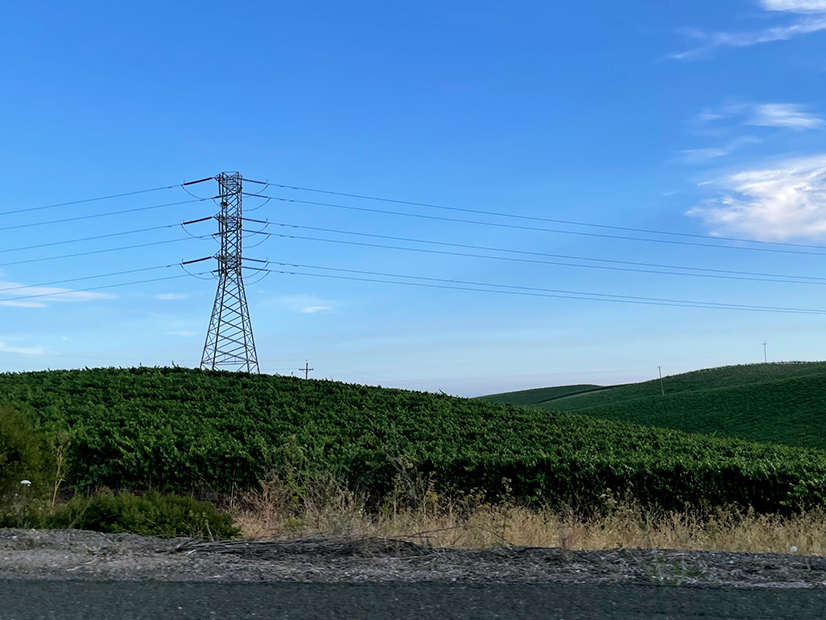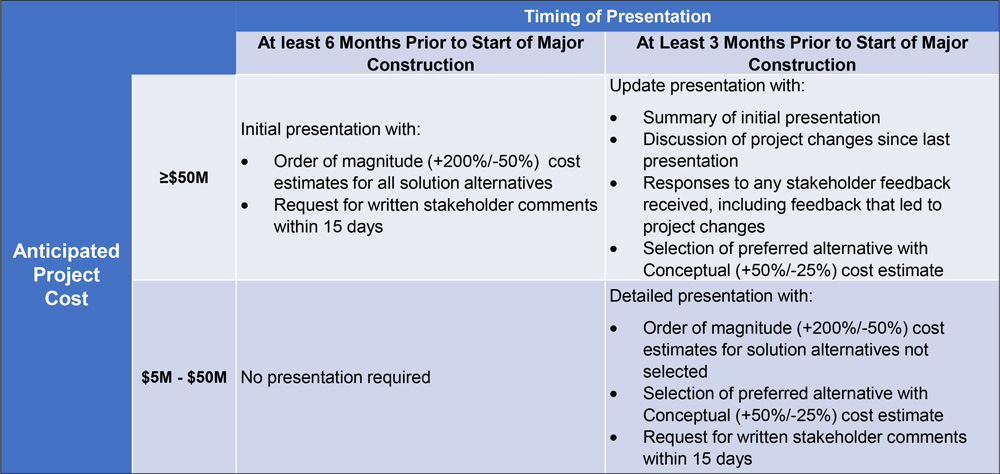The New England Transmission Owners (NETOs) released a draft asset condition forecast database for the ISO-NE Planning Advisory Committee Nov. 15 and outlined updates to the asset condition project stakeholder review process.
As the New England grid ages, the region has faced rising costs associated with asset condition upgrades needed to replace old, degraded or defunct transmission infrastructure. On multiple occasions earlier this year, the New England States Committee on Electricity pressed the NETOs for reforms and greater transparency to the asset condition planning process. (See States Press New England TOs on Asset Condition Projects.)
The NETOs’ draft database includes information on the issue targeted by the project and the proposed solution, along with the estimated project cost, in-service date, location and primary equipment owner. It includes projects that are under construction, proposed and in the planning stages. The total combined cost estimate for all projects in the draft database is about $4.5 billion.
Dave Burnham, representing the NETOs (Avangrid, Eversource, National Grid, Rhode Island Energy, Vermont Electric Power and Versant Power), said that the transmission owners plan to provide the forecast annually.
Burnham also outlined a series of updates to how asset condition projects are presented to the PAC, following feedback from stakeholders responding to the NETOs’ proposed changes.
While the current standard requires that a project is presented to the PAC before construction begins, it has no defined stakeholder comment period.
Under the new proposal, for projects with an anticipated cost greater than $50 million, transmission owners would present potential solutions to the PAC at least six months prior to the start of major construction. Stakeholders would have a chance to give feedback, and three months later the transmission owner would present to the PAC responding to any stakeholder feedback and detailing the preferred solution.
For projects expected to cost less than $50 million, a presentation would be required three months prior to the start of construction detailing the preferred solution and soliciting stakeholder feedback.
Burnham said the proposal is aiming to “balance the need for increased notice and increased transparency but is also … something that we could commit to, given our own internal priorities and internal project development lifecycles.”
If presentations to the PAC are required too far ahead of the beginning of construction, “sometimes we just don’t have the detailed information that’s necessary to really give stakeholders the full picture of a project,” Burnham added.




